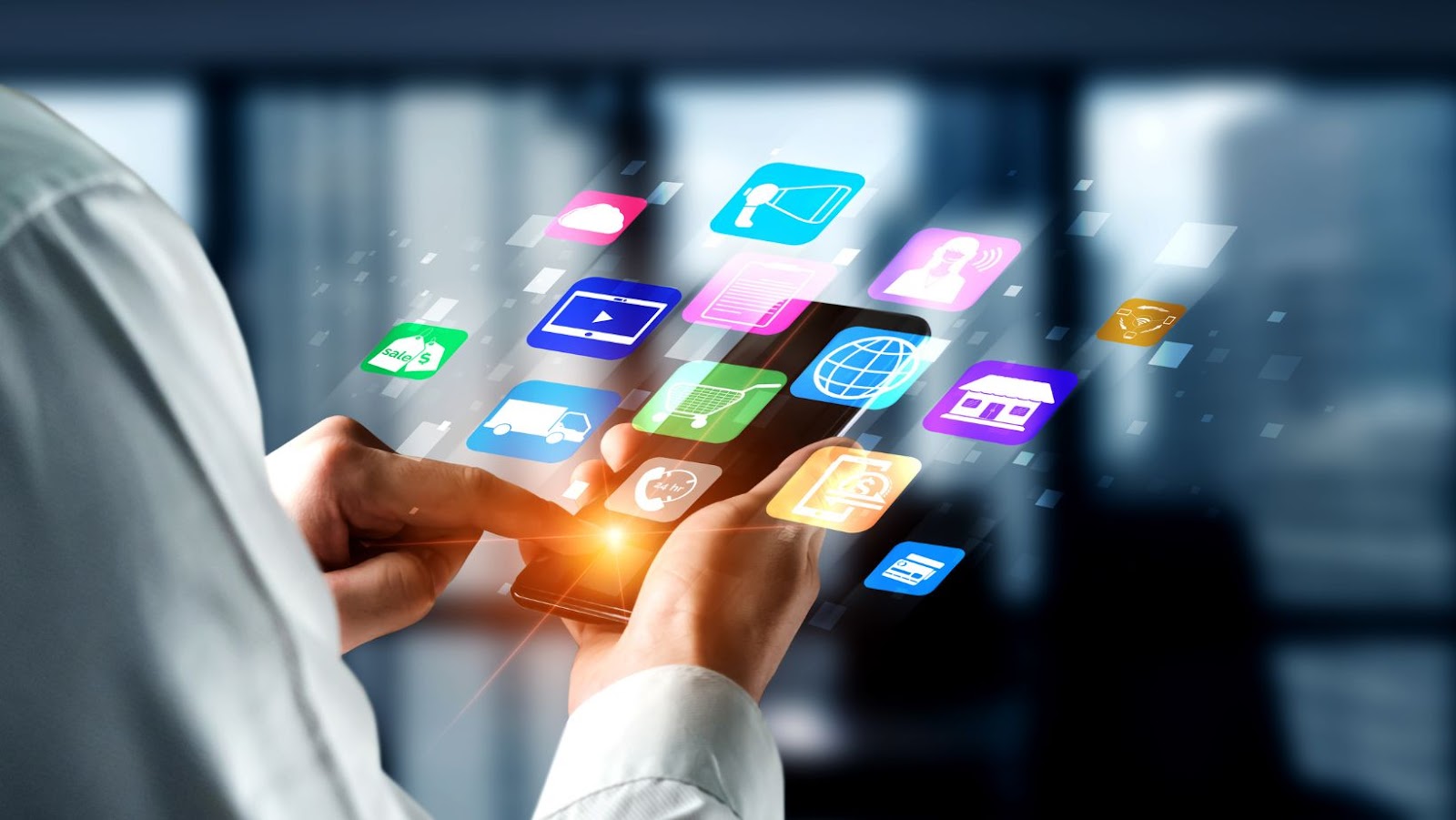 Technology Life Cycle
Technology Life Cycle
The technology life cycle encompasses the progression of a technology from inception to obsolescence. It’s divided into four primary stages, each marked by distinct characteristics. Innovation marks the birth of a technology. It’s characterized by research, development, and initial introduction to the market. During this phase, few competitors exist. Companies often invest heavily in R&D to refine ideas and create viable products. Key indicators include patents filed, prototypes developed, and initial user testing.
Growth follows successful innovation. Sales start rising as more customers adopt the technology. Increased demand often leads to higher production volumes. Companies may scale operations and improve upon the original design. Competition begins to emerge, driving further enhancements. Market indicators include revenue growth, expanding distribution channels, and rising market share.
Maturity indicates market saturation. The technology has widespread adoption, and growth rates stabilize. Competition is intense, leading to price reductions and product differentiation. Companies focus on efficiency, cost control, and maintaining market position. Key indicators include peak sales volumes, established customer base, and stabilization of profit margins.
Decline occurs when newer technologies surpass the existing one. Market demand decreases, leading to a reduction in sales and production. Companies might exit the market or shift resources to innovative ventures. Indicators include falling sales, reduced market share, and decreasing profitability.
Understanding these stages helps businesses strategize effectively. They can optimize resource allocation, R&D efforts, and marketing strategies tailored to each phase. Consumers, on the other hand, can decide on their tech investments based on where a product falls within this cycle.
 Stages Of Technology Life Cycle
Stages Of Technology Life Cycle
Technology products evolve through a predictable life cycle, impacting their market performance and strategic management approaches.
Innovation marks the inception of a technology, driven by extensive R&D efforts. Here, companies invest in creating groundbreaking products, often with limited consumer awareness. Initial prototypes, patents, and pilot programs are common. For example, IBM’s initial PCs epitomize this stage.
Growth sees a rapid increase in adoption and sales. Market awareness peaks while competitors enter the scene. Companies often expand their distribution channels, enhance product features, and ramp up production. Smartphones from Apple and Samsung during the 2010s exemplify this phase.
Maturity indicates a market’s saturation with stabilized sales and growth rates. Intense competition encourages price wars and efficiency improvements. Companies focus heavily on differentiation through minor upgrades. For instance, the global market for Wi-Fi routers currently reflects this stage.
Decline occurs when alternative innovations render existing technologies obsolete. Market demand drops, leading to reduced sales and potential phase-out. Companies may continue supporting existing customers but focus R&D on next-gen products. Examples include VCRs and CRT televisions in recent decades.
 Factors Influencing Technology Life Cycle
Factors Influencing Technology Life Cycle
Various factors impact the duration and stages of the technology life cycle. Understanding these helps businesses and consumers navigate each phase effectively. Market demand drives the technology’s growth phase, influencing its transition from innovation to maturity. In the early stages, demand may be limited to innovators and early adopters, as seen with electric vehicles in the 2010s. As the technology gains traction and becomes more mainstream, demand increases, leading to higher sales and revenues. This transition indicates the growth stage, where the technology reaches a broader audience, including early and late majority customers.
Competition plays a crucial role in shaping the technology life cycle. In the innovation stage, competition is typically low since few players offer similar solutions. As the technology enters the growth and maturity stages, competition intensifies, leading to price wars, improved features, and enhanced customer service. For example, during the growth phase of the PC market in the 1990s, companies like Microsoft and Apple competed fiercely, driving innovation and market expansion. In the maturity stage, firms differentiate their products to maintain market share.
Technological advancements influence all stages of the technology life cycle. Innovations can extend the life cycle of existing technologies by adding new features or improving performance. Conversely, breakthrough technologies can shorten the life cycle of older ones by rendering them obsolete. For instance, the rise of smartphones drastically shortened the life cycle of traditional mobile phones in the late 2000s. Companies invest heavily in research and development to stay ahead by integrating cutting-edge advancements into their products.